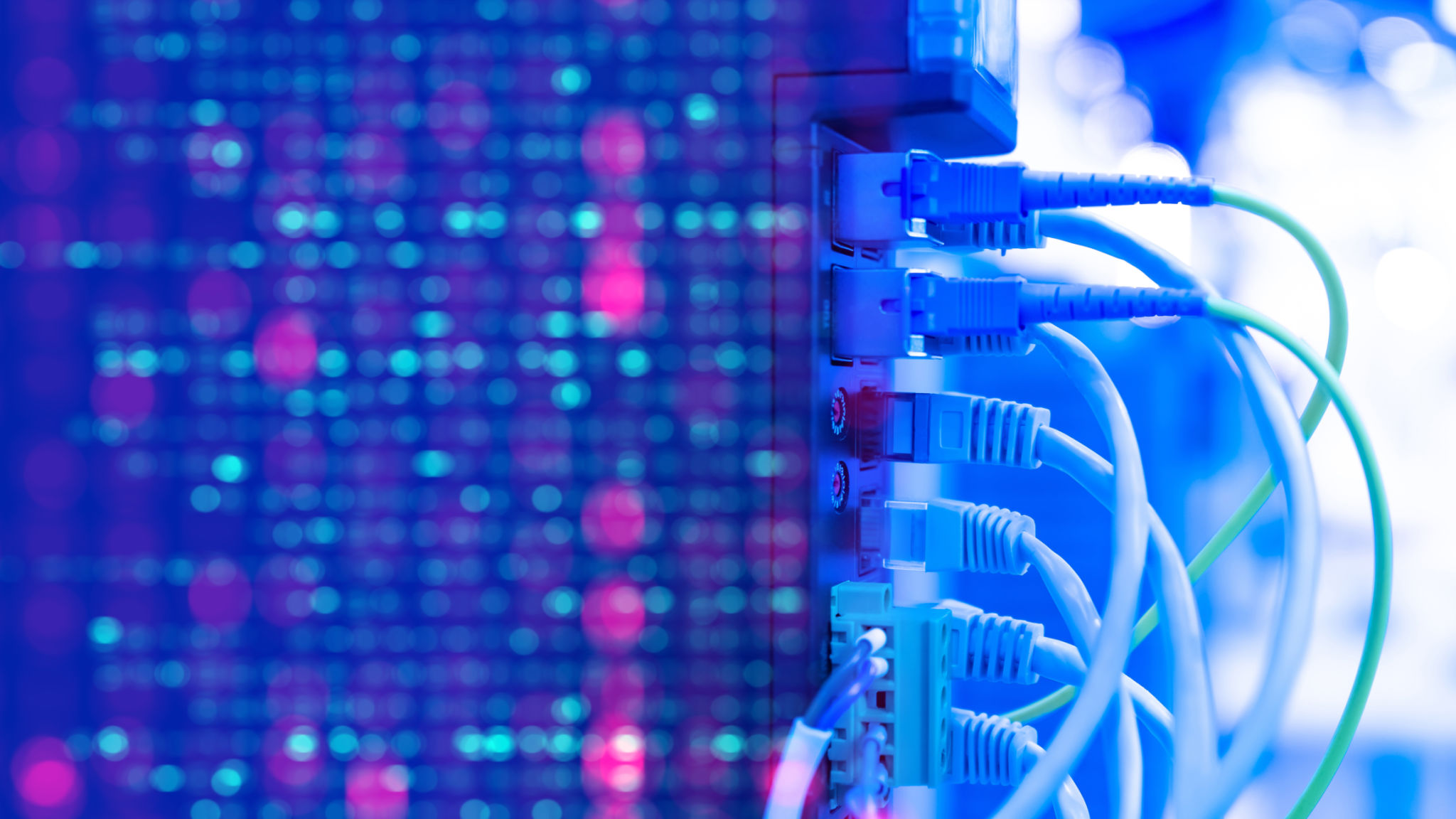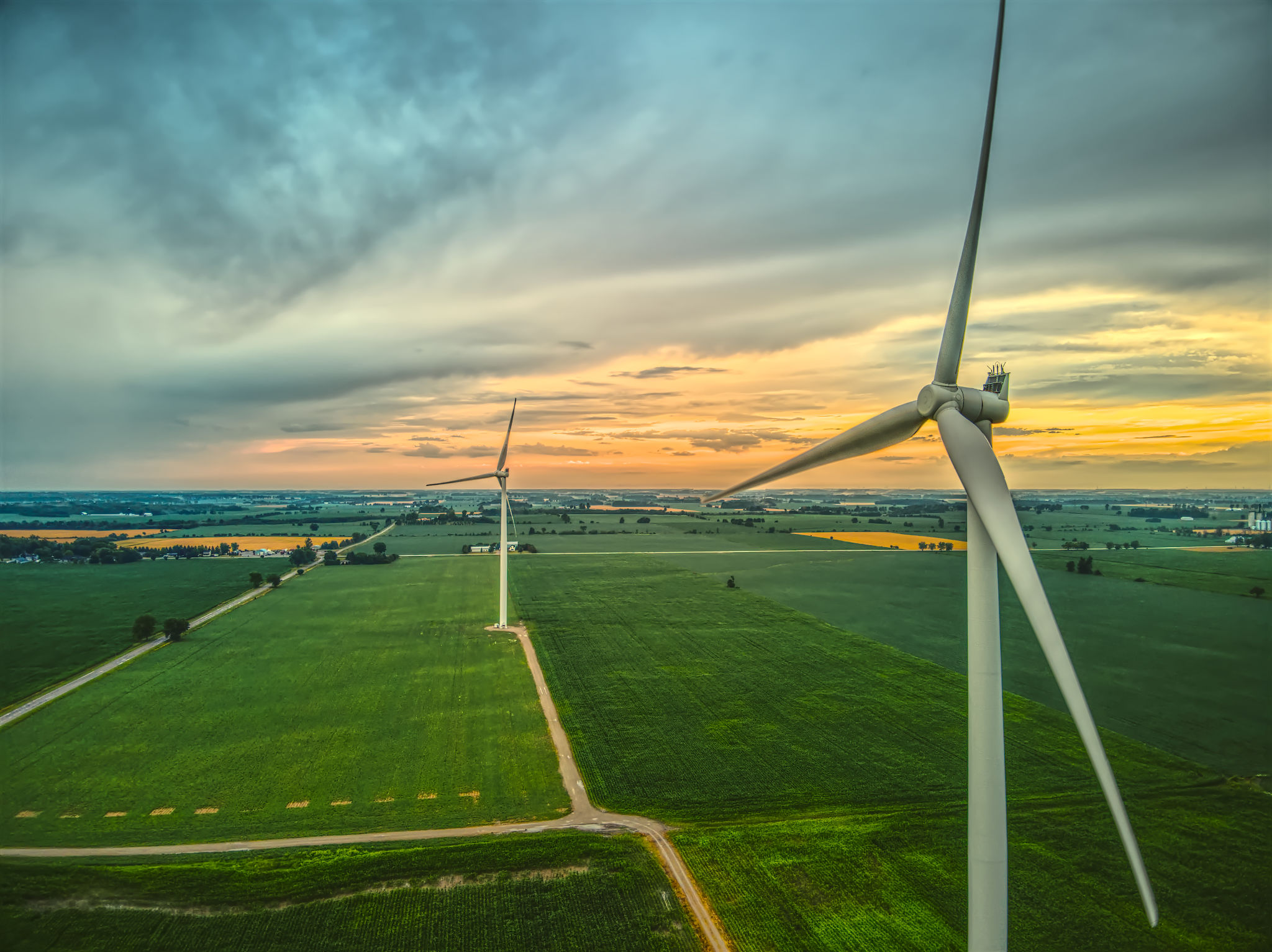The Role of Glass Fiber in Modern Data Centers
Understanding Glass Fiber Technology
In the world of modern data centers, glass fiber technology plays a crucial role in enhancing performance and efficiency. As the demand for faster data processing and reliable connectivity increases, data centers are turning to glass fiber solutions to meet these needs. But what exactly makes glass fiber indispensable in today's data center infrastructure?
Glass fiber, commonly known as optical fiber, is a technology that transmits data as light signals through thin strands of glass or plastic. This unique capability allows it to transfer information at incredibly high speeds and over long distances without significant signal loss. These properties make it an ideal choice for data centers that require robust and scalable networking solutions.

Advantages of Glass Fiber in Data Centers
The adoption of glass fiber in data centers offers several advantages. One of the primary benefits is its high bandwidth capacity. As data demands continue to grow exponentially, the need for higher bandwidth becomes critical. Glass fiber can handle vast amounts of data simultaneously, ensuring smooth and uninterrupted operations.
Another advantage is its resilience to electromagnetic interference. Unlike traditional copper cables, glass fiber is immune to electromagnetic interference, which can cause data loss or corruption. This feature is particularly important in environments with high levels of electronic equipment, ensuring reliable data transmission.

Implementing Glass Fiber for Scalability
Scalability is a key consideration for modern data centers. As businesses expand and their data needs grow, the infrastructure must adapt accordingly. Glass fiber technology offers a scalable solution by allowing for easy upgrades and expansions without the need for extensive rewiring.
Data centers can implement glass fiber networks in various architectural designs, such as point-to-point or ring topologies, depending on their specific requirements. This flexibility ensures that data centers can efficiently manage growing demands while maintaining optimal performance.
Environmental Benefits of Glass Fiber
Beyond performance enhancements, glass fiber also contributes to environmental sustainability. Its low energy consumption compared to traditional copper cables means that data centers can reduce their carbon footprint significantly. This reduction in energy use not only benefits the environment but also leads to cost savings on electricity bills.

Challenges and Considerations
While the benefits of glass fiber are clear, there are some challenges and considerations to keep in mind. The initial installation cost of glass fiber networks can be higher than that of traditional cabling systems. However, the long-term savings and performance enhancements often justify this investment.
Additionally, specialized knowledge and skills are required for the installation and maintenance of glass fiber networks. Data center operators need to ensure their teams are adequately trained or work with experienced vendors to maximize the benefits of this technology.
The Future of Glass Fiber in Data Centers
As technology continues to evolve, the role of glass fiber in data centers will likely expand even further. With the rise of cloud computing and the increasing reliance on big data analytics, the demand for fast, reliable, and scalable networking solutions will only grow.
In conclusion, glass fiber technology is a cornerstone of modern data centers, offering unmatched speed, reliability, and scalability. By adopting glass fiber solutions, data centers can position themselves at the forefront of technological advancement, ready to meet the challenges of tomorrow's digital landscape.
